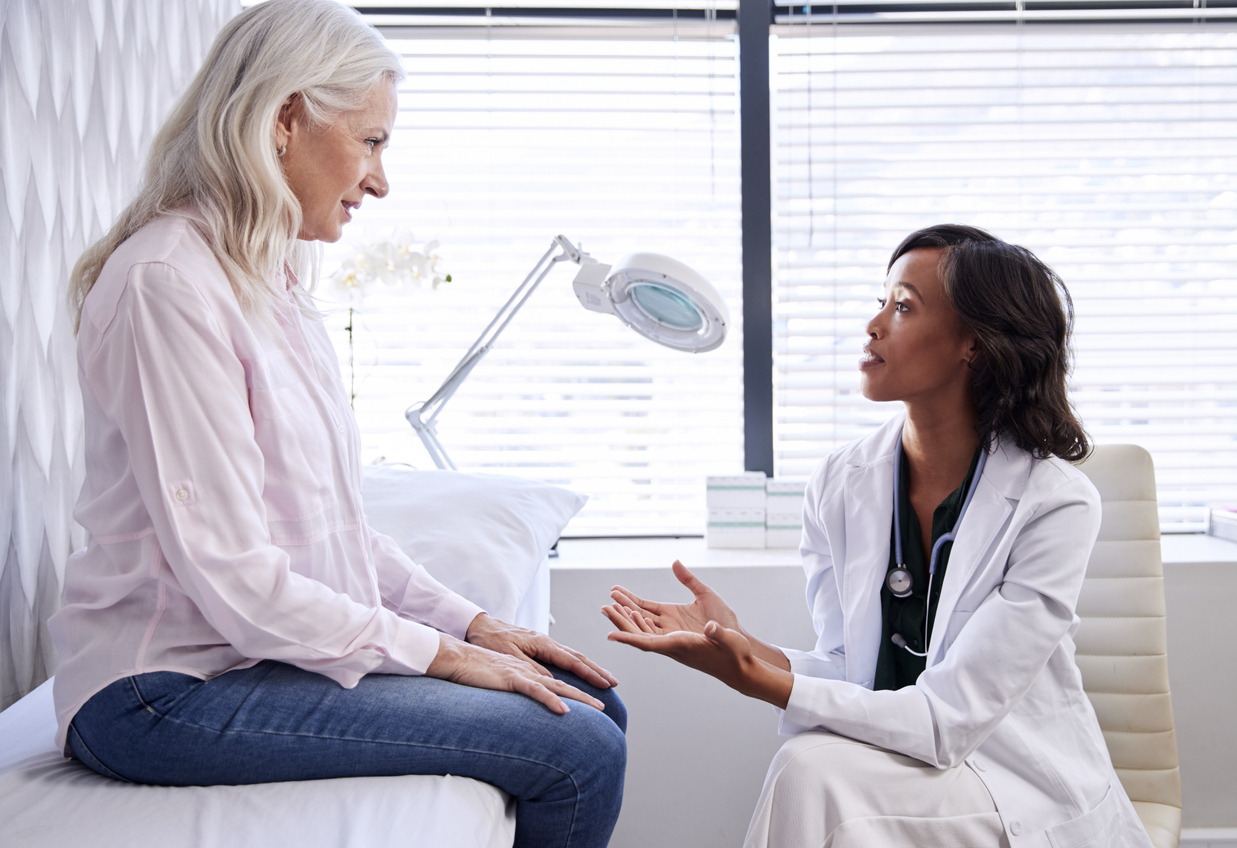
Varicose veins and facial veins are associated with a host of medical issues that can put your health in jeopardy.
Approximately 30 million men and women across the U.S. have varicose veins. While these bulging blue veins are often considered a cosmetic issue, they can, in fact, be much more than that. For some individuals, varicose veins are itchy, achy, and a serious health concern. Even spider veins can put your health in jeopardy.
If you have a vein condition, seeking treatment won’t just improve your appearance — it can make a difference for your health. Continue reading to find out who’s at risk, what signs to look for, and when it’s time to see a healthcare professional.
Table of Contents
ToggleMedical Conditions Associated with Varicose Veins
Varicose veins form when valves become leaky and worn-out, allowing blood to pool in the legs rather than flow towards the heart. This breakdown in normal functioning is known as venous insufficiency and can result in the following conditions:
- Leg Ulcers: Venous insufficiency is responsible for approximately 80% of leg ulcers. When blood pools in the legs and fails to circulate it deprives your legs of critical nutrients and oxygen. Skin begins to break down without access to these vital resources, resulting in ulcers on the leg, ankle, or foot. If left untreated, the skin surrounding the ulcer will continue to weaken, leading to infection. Women, pregnant women, older adults, and those with a family history of venous insufficiency are at greater risk of developing leg ulcers.
- Blood Clots: Not all blood clots are dangerous, but deep vein thrombosis (DVT) is a cause for concern. DVT refers to a blood clot that forms in a deeply-located vein, often in the leg, due to blood flowing too slowly through the veins and clumps. A clot that dislodges and enters the heart or lungs can be deadly. Individuals with varicose veins are 5.52 times more likely to develop DVT than those without varicose veins. While DVT isn’t always easy to detect, patients should keep an eye out for redness, swelling, and pain in the leg, as well as general discomfort in a targeted area.
- Phlebo-Lymphedema: Phlebo-Lymphedema is a combination of chronic venous insufficiency (CVI) and lymphedema, a condition characterized by excessive swelling in your arms or legs as a result of damage to or the removal of your lymph nodes. Phlebo-Lymphedema occurs when CVI puts added pressure on your lymphatic system and further obstructs the lymph nodes, resulting in severe swelling.
Risks Associated with Spider Veins
Telangiectases (spider veins) are the small, red lines you may see dotting your nose, mouth, chin, and cheeks. Telangiectases occur when the blood vessels closest to the surface of your skin break or widen, becoming instantly visible.
Risk factors associated with telangiectasia include a fair skin tone, prolonged exposure to wind and sun, untreated acne, pregnancy, genetics, and changes in hormone levels, among others. While these small veins are merely a cosmetic concern for some, for others they are signs of more serious health issues, such as:
- Hereditary Hemorrhagic Telangiectasia (HHT): Telangiectases can be a sign of HHT, a rare genetic disorder in which telangiectases don’t just form on the skin, but on vital organs, like the liver. If these veins burst, they may result in severe, potentially life-threatening bleeding. Symptoms of HTT include frequent nosebleeds, shortness of breath, red or dark black blood in stools, a port-wine stain birthmark, seizures, and small strokes.
- Persistent Pain: When blood pools in small, spidery veins it puts added pressure on the veins, leading to discomfort for the patient.
- Psychological Distress: Telangiectases are commonly found on the face, causing some patients to become increasingly self-conscious. This psychological distress may take a toll on patients.
Seeking Treatment for Varicose Veins and Facial Veins
At Varicose Vein Institute, we encourage patients with vein conditions to meet with one of our qualified medical experts. In particular, patients who experience excessive bleeding as a result of a varicose vein, have an open sore on the leg or ankle that won’t heal, or have a varicose vein that is red, warm, and tender to the touch, must contact a vein specialist as soon as possible.
Our varicose vein treatments have a very high success rate, so why wait? It’s time to protect your health and regain your quality of life. Contact us today for an appointment.
